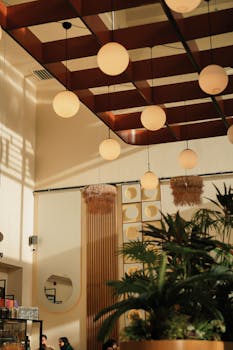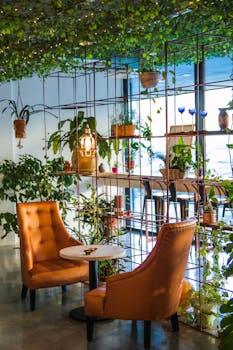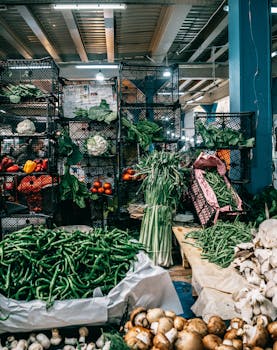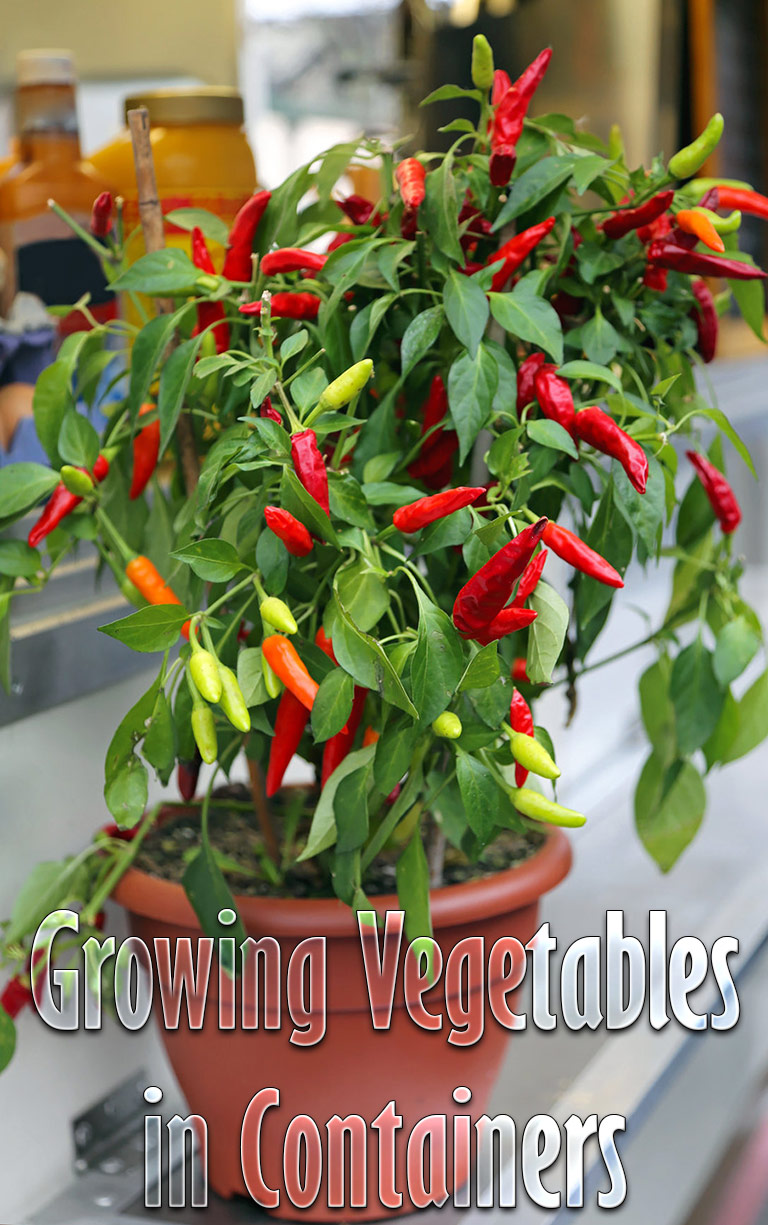Indoor gardening is more than a trend—it’s a lifestyle that brings greenery, serenity, and even cleaner air into your home. Whether you’re an absolute novice or someone looking to dip their toes into the gardening world, there’s something magical about nurturing plants that thrive indoors. This guide will take you through beginner-friendly plants, the joy of growing herbs, creative container gardening ideas, and tips for making the most of limited apartment spaces. By the end, you’ll have all the tools you need to create your own lush green oasis.

Beginner-Friendly Indoor Plants That Thrive with Minimal Effort
Starting with the right plants is the secret to successful indoor gardening. For beginners, it’s essential to choose resilient species that require minimal care while still offering maximum aesthetic and air-purifying benefits.
Snake Plant (Sansevieria)
Known as the “mother-in-law’s tongue,” the snake plant is virtually indestructible. It thrives in low light, needs infrequent watering, and purifies the air by removing toxins like formaldehyde.
Pothos (Epipremnum aureum)
Pothos is a forgiving plant that grows in a variety of conditions. Its trailing vines make it perfect for hanging baskets or shelves, instantly adding charm to your indoor space.
Spider Plant (Chlorophytum comosum)
The spider plant is another beginner favorite. Its long, arching leaves and ability to adapt to different lighting conditions make it a versatile addition to any home.
Peace Lily (Spathiphyllum)
For those who want a touch of elegance, the peace lily’s glossy leaves and stunning white blooms are perfect. While it thrives in bright, indirect light, it’s also tolerant of lower light levels.
ZZ Plant (Zamioculcas zamiifolia)
The ZZ plant is almost unkillable. Its waxy, deep-green leaves require minimal water and thrive in a range of lighting conditions, making it ideal for beginners.
These plants are low-maintenance yet rewarding, perfect for anyone starting their indoor gardening journey.
How to Grow Herbs Indoors: Fresh Greens Made Simple
Imagine snipping fresh basil or mint right from your kitchen window. Growing herbs indoors is not only rewarding but also a practical way to enhance your culinary adventures.
Choose Your Herbs Wisely
Begin with easy-to-grow herbs like basil, mint, parsley, chives, and thyme. These herbs are hardy and thrive in indoor environments with the right care.
Light and Placement
Herbs need at least 6–8 hours of sunlight daily. Position them near a south-facing window or invest in grow lights to mimic sunlight if natural light is limited.
Soil and Containers
Opt for well-draining potting soil and containers with drainage holes to prevent root rot. Self-watering pots can also be a lifesaver for forgetful gardeners.
Watering Tips
Herbs prefer slightly moist soil, but overwatering is a common mistake. Wait until the top inch of soil feels dry before watering again.
Pruning for Growth
Regularly pinch off leaves to encourage bushier growth. Use these trimmings in your cooking, and enjoy the freshest flavors possible.
Growing herbs indoors adds greenery and functionality to your space, offering fresh ingredients and a sense of accomplishment.
Creating a Stylish Green Oasis with Container Gardening Indoors
Container gardening opens up endless possibilities for personalizing your indoor garden. With the right containers, you can blend style with practicality.
Choosing the Right Containers
From terracotta pots to ceramic planters, containers come in a variety of shapes and sizes. Choose ones that complement your home décor while ensuring they have adequate drainage.
Layering for Success
Start with a layer of pebbles or activated charcoal at the bottom of your container for drainage. Add high-quality potting soil, and finish with a top layer of moss or pebbles for aesthetic appeal.
Vertical Gardening Options
Maximize your space with vertical planters or wall-mounted pots. These options are perfect for smaller homes and add a striking visual element to your indoor oasis.
Combining Plants
Create stunning displays by combining plants with similar care requirements in one container. For example, pair succulents of different shapes and colors for a low-maintenance arrangement.
Decorative Touches
Incorporate decorative elements like fairy lights, miniature figurines, or colorful stones to give your container garden a unique personality.
Container gardening indoors is not just about functionality—it’s a form of art that enhances your living space.
Indoor Gardening for Apartments: Smart Choices for Limited Spaces
Living in an apartment doesn’t mean you can’t enjoy the benefits of indoor gardening. With some creativity, you can turn even the tiniest spaces into a thriving garden.
Compact Plants for Apartments
Choose small plants like air plants, ferns, or succulents that fit well in compact spaces. Hanging plants and wall-mounted options are ideal for utilizing vertical space.
Multi-Purpose Furniture
Invest in furniture that doubles as a planter, such as tables with built-in plant holders or shelving units designed for greenery.
Balcony and Windowsill Gardens
If your apartment has a balcony, transform it into a mini-garden. For indoors, windowsills are perfect spots for herbs or small flowering plants.
DIY Terrariums
Terrariums are a trendy way to create self-contained ecosystems. Use glass jars or containers to house moss, small ferns, and decorative stones.
Smart Technology
Consider using smart plant monitors or self-watering pots to ensure your plants thrive even when you’re busy or away.
With these ideas, your apartment can become a lush haven, no matter how limited the space.
Essential Tools and Tricks to Care for the Best Indoor Plants for Beginners
Proper care is the backbone of any successful indoor garden. Equip yourself with the right tools and knowledge to ensure your plants thrive.
Must-Have Tools
Start with basic tools like a watering can, pruning scissors, and a small spade. A moisture meter can help monitor soil hydration levels.
Fertilizers and Nutrients
Use organic fertilizers or plant food tailored to your plant’s needs. Indoor plants often require occasional feeding to maintain their health.
Pests and Prevention
Inspect your plants regularly for pests like spider mites or aphids. Neem oil sprays are a natural and effective way to combat infestations.
Watering Strategies
Overwatering is a common mistake. Stick to a schedule, and adjust based on your plant’s specific requirements and environmental conditions.
Monitor and Rotate
Rotate your plants periodically to ensure even light exposure and prevent them from leaning toward a single direction.
By following these tips, you’ll create an indoor garden that’s both beautiful and low-maintenance.
Conclusion
Indoor gardening offers a world of possibilities for beautifying your home, reducing stress, and purifying the air. Whether you’re nurturing beginner-friendly plants, growing herbs, experimenting with container gardening, or making the most of apartment spaces, the joy of cultivating greenery is unparalleled. With the right tools and care, you can transform your living space into a vibrant, green oasis. So grab a plant, dig in, and let your indoor gardening journey begin!



